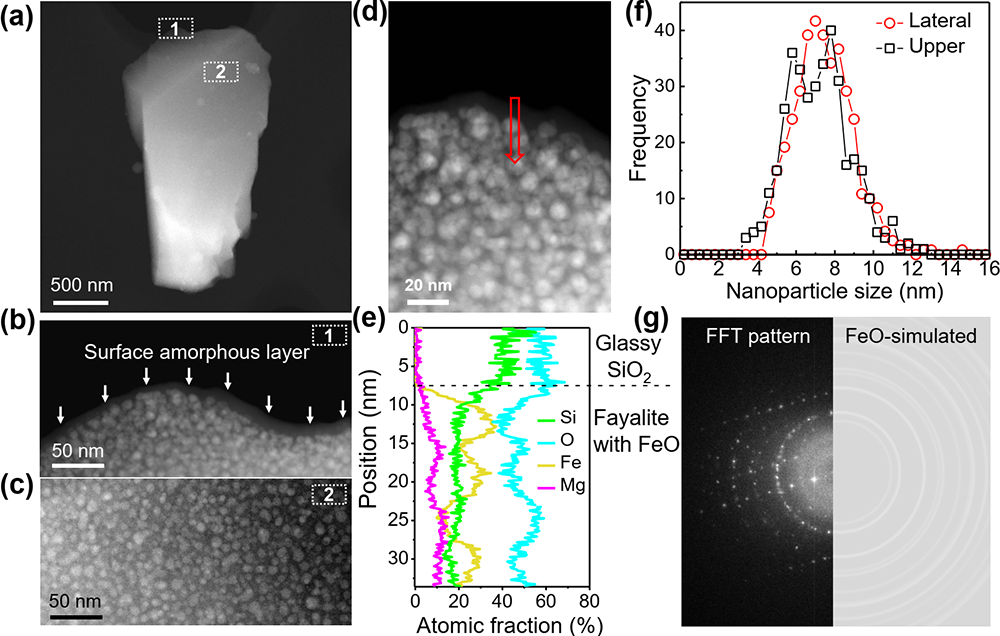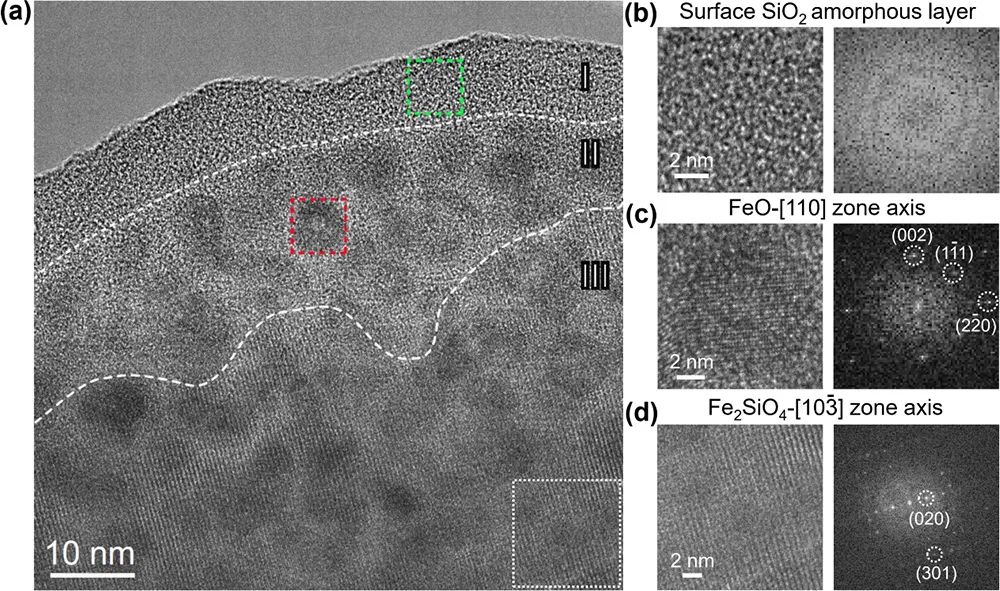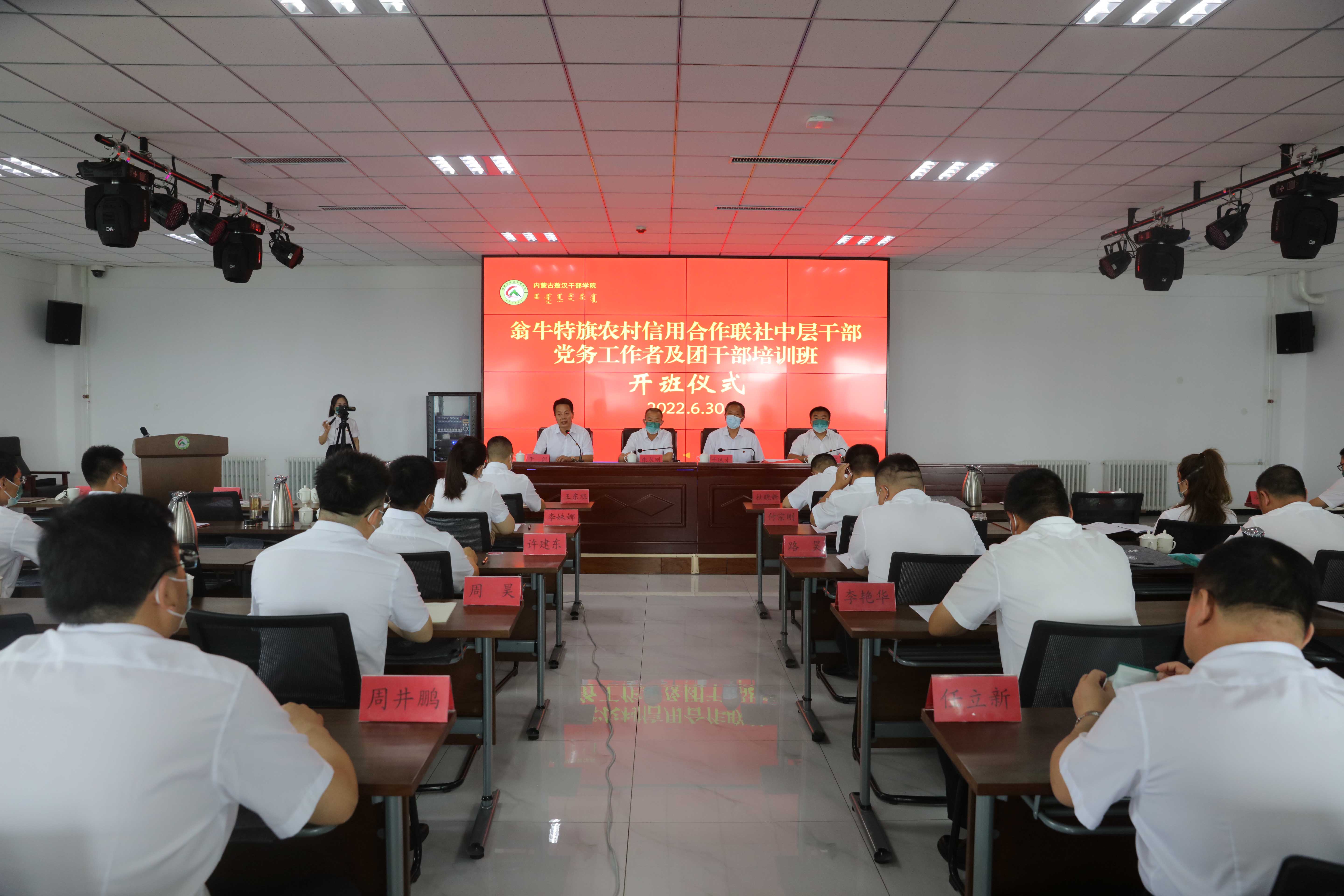Progress | The research on the surface microstructure of Chang'e 5 Moon Soil sample made progress
Author:Institute of Physics of the Ch Time:2022.07.12
For billions of years, soils on the moon have been weathered by the solar weather such as micrometer bombardment, solar wind, and cosmic rays. The surface microstructure and chemical components are different from the earth soil. Preliminary studies have shown that space weathering will form thick amorphous layers on the moon and other mineral surfaces on the moon, with a thickness of 50-200 nanometers, and a large amount of metal Fe particles with a large size of 2-10 nanometers in the layer. This kind of surface Micro structure has a greater impact on the absorption of remote sensing and visible-near-infrared light. At present, there is still controversy about the formation of metal FE. There are two main points of view, namely, iron olives are restored by step -by -step reducing direct thermal decomposition and charged ion assistance.

Figure 1. (A-C) the appearance, surface characteristics, and Feo nanocrystalline wrap. (D-F) components and sizes of Feo nano grains. (G) FFT diagram of area 2 indicates that FEO and iron olives exist.
The monthly soil sample collected by Chang'e No. 5 in my country is the youngest basalt (~ 2 billion years), and the latitude (43.058 ° n) of the sample point is the new. Opportunity. Researcher Guo Jiangang, Ying Tianping Special Researcher, Researcher Chen Xiaolong, Researcher Zheng Qiang, State Observatory Li Chunlai, Researcher Li Chunlai, and Academician Xu Yigang from the National Observatory of the National Observatory of the National Astronomical Station, etc. The research team, the surface micro -structural representation of the main mineral iron olives, pyroxin and long stones in the Moon Royn (CE5C0100yjfm00103) was systematically characterized. Among different mineral samples with smaller sizes (~ 1 μm) and shape rules, the team only observed the very thin SIO₂ non-crystal layer (thickness ~ 10 nanometers) on the surface of the iron olives, which is wrapped in 2- 12 nanometer grains (Figure 1). The chemical components on the surface of the earthen pyrium and long stone are the same as the inside, and there is no obvious amorphous layer on the surface. The team obtained the surface spacing of the nanometer inside the non -crystal layer of the iron olives on the surface of the non -crystal layer of the non -crystal of the olive olives by transmitting the high -resolution atomic image and the corresponding rapid Fourier transformation (FFT). Facial Cube FEO (1-11), (002), and (2-20) crystal surface spacing is completely the same, which is different from the noodle spacing of the cube metal FE. At the same time, compares the chemical displacement and absorption edges of the metal FE and FECO3 standard samples and iron olives in the electronic energy loss spectrum, further confirming that the FE in the nano grain is +2, indicating that these nanometer particles It is Fang Iron Mine. At the edge of Iron Olives, the outermost area I is SIO₂ amorphous layer, and the region II is coexistence of SIO₂ 在 在 and Feo. The area III is co -coexistence of SIO ₂ ingot and iron olives. Special micro -structure (Figure 2). The FEO nano -grain and layered edge micro -structures discovered in this work indicate that the iron olives studied may be in the middle stage of thermal decomposition, and supports the view of step -by -step restoration of iron olives under the action of solar weathering. In addition, chemical elements and appearance analysis found that the surface of pyroxin and long stones does not contain non -crystal layers and volatile foreign elements (such as sulfur, chlorine, etc.), and no traces of the sun spots through the sample, indicating that the research studies are studied, indicating that the studies are studied. The sample may be in the middle and early stages of sun weathering.

Figure 2. (A) Micro -structural features on the surface of iron olive. (B) Regional I, II, and III's transmission electron microscope high -resolution atomic statues and FFT maps.
相关成果以Surface microstructures of lunar soil returned by Chang'e-5 mission reveal an intermediate stage in space weathering process在线发表于Science Bulletin 2022,详细内容参见链接https://doi.org/10.1016/j.scib.2022.06 .019, the study was supported by the key deployment project of the Chinese Academy of Sciences (ZDBS-SSW-JSC007-2).
Article link
Edit: Cloud Kaiye
- END -
Kaiping City 2022 Announcement

Kaiping City 2022 AnnouncementThe majority of youths:In the second half of 2022, t...
Improve the level of grass -roots party building to carry out closed learning training courses

Improve the level of grass -roots party building to carry out closed learning trai...